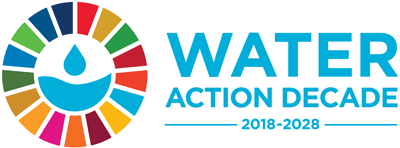
November 27, 2017
Unconventional water resources may either be generated as a product of specialized processes such as desalination, need suitable pre-use treatment, and/or pertinent on-farm management when used for irrigation, or need a special technology to collect/access water.
Examples of such water resources/sources include, but are not limited to: desalination of seawater and highly brackish groundwater; groundwater, particularly in regions where there is no culture or experience in its large-scale use (special cases include groundwater confined in deep geological formations, or in off-shore aquifers); physical transportation of water (e.g. tankers) and icebergs; atmospheric moisture harvesting using processes such as cloud seeding, fog water collection; collection and treatment of wastewater, greywater, and stormwater; scattered (and growing) examples of using unconventional water resources or develop new technologies to boost water supply (both low and high costs) to address water scarcity exist across the world, but not coordinated yet.
The role of such sources and technologies is becoming progressively more imperative in achieving many water-related targets of SDG6, in particular – 6.1, 6.2, 6.3 and 6.4.
An United Nations University – Institute for Water Environment and Health (UNU-INWEH) initiative will develop a global community of practice to build and share a global vision around unconventional water resources; datasets and maps based on the global and regional assessments of different types of unconventional water resources; policy recommendations for implementing relevant science-based solutions in managing unconventional water resources; research-based technological solutions to transform marginal-quality water resources into economic assets; national capacity to develop such sources and implement such technologies.
- Organization: UNU-INWEH
